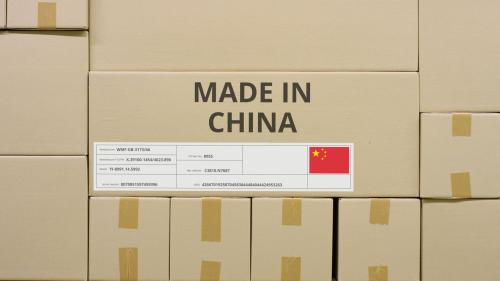Gross domestic product slowed to an annual rate of 2.4 percent in the second quarter of 2010 from 3.7 percent in the prior quarter, according to the government’s latest estimates. The drop in growth was anticipated, says Barry Bosworth. The economy is weak overall although domestic demand was surprisingly strong. The trade imbalance is the major obstacle to growth, he says.
Weak Economy & Fiscal Problems
It is a weak economy, and under normal circumstances, you might be in favor of trying to continue stimulus. The trouble is this is a short-run problem and what the Congress is considering is permanent actions with respect to the tax policy. In the long run, the U.S. has a horrible fiscal problem and we simply cannot afford a tax cut. If there was a way to extend the tax reductions for another year, I think that would be the best of all worlds. But it doesn’t look like that is feasible. Congress is talking about permanent tax options at a time where as you look ahead beyond this year, the United States is going to have a critical need to find a way to reduce its budget deficit. So I think, on balance, we are better off to just let the tax cuts expire.
Second, the real demand problem we have is not in the domestic economy. It is on the external side. So the U.S. is serving (so to speak) as an “engine for growth” for the rest of the world. They are exporting to the United States to sustain their economies. I do not believe that we can afford to go alone to that extent.
Long-Term Imbalances
The U.S. has long had an imbalance – for the last decade. We have been (I think a way to crudely put it as a country) on a consumption binge, basically dedicated to spending. To finance that spending, the United States was borrowing huge amounts of money on the international markets. I think people used up (sort of) all of the borrowing from China, for example. Then, in 2009, the world trade system collapsed, and both exports and imports went down very rapidly. On the U.S. side now, this year, everything is recovering, but imports are coming back a lot faster than our exports are, basically. So we’re headed back to these very same large imbalances that we had before the financial crisis occurred.
U.S. Firms Should Be Export-Focused
In the short run, the most effective mechanism is just to have the dollar go down in value. If American goods were cheaper in world markets we would do better, but I think another part of the problem is that American firms just don’t focus much on exports. It is not a major interest of theirs. They are far more likely to produce abroad, sell abroad, and import some of it back. So there is just a lack in this country on any particular focus on producing domestically. Many other countries have something of a home bias. They like to produce at home, sell abroad. Germany is maybe a classic example of a country where for many years all the companies produce domestically. American firms, on the other hand, are very quick to move to Asia or move to Europe with their production facilities.
The Brookings Institution is committed to quality, independence, and impact.
We are supported by a diverse array of funders. In line with our values and policies, each Brookings publication represents the sole views of its author(s).


Commentary
GDP Down, Big Trade Imbalance
July 30, 2010